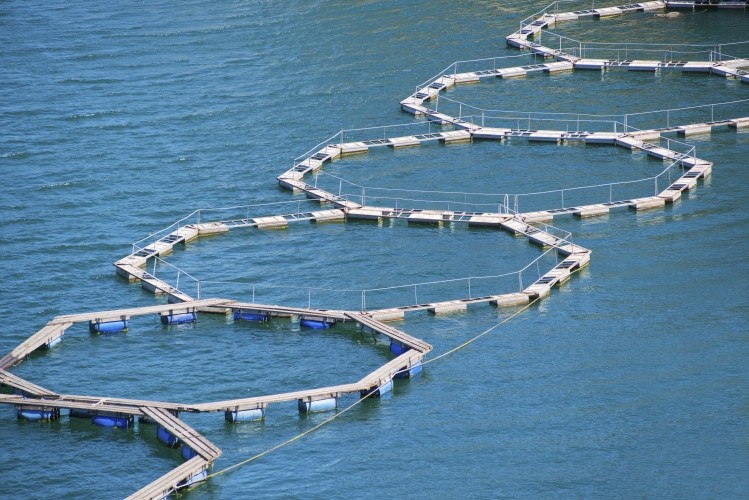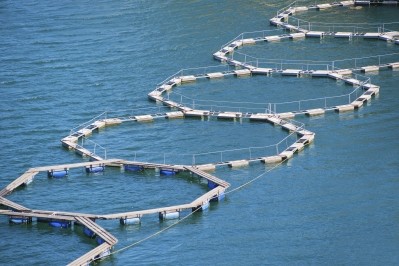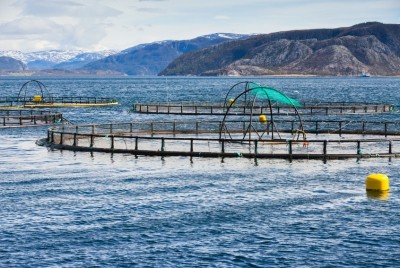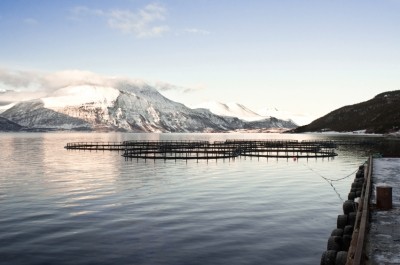Vietnam and US researchers show wins from replacing small fish-based diets with formulated feed

An international team of researchers from the University of Rhode Island in the US and Can Tho University in Vietnam explored replacing small fish-based diets with formulated feed (FF) for farmed snakehead (Channa striata). The group published their report in the journal of Aquaculture Reports.
“This study was designed to determine the percentage of TF [trash fish] that could be replaced by FF in experimental pond culture for optimum growth and survival of C. striata and then to compare C. striata production with TF vs. FF on commercial farms,” said the researchers. “The economics of production were also calculated so that farmers could see whether or not use of formulated feed would be beneficial to them financially.”
The group found that, in a university study. when diets of trash fish (TF) were completely replaced with formulated feed (FF) growth was reduced, but that the cost of fish production was reduced. In follow-up, on-farm trials survival rate was the same, but growth was improved for snakehead getting the formulated feed diet.
“The demonstration that C. striata perform well in grow-out ponds when fed formulated feed, that water quality in terms of dissolved oxygen is improved, and that sensory quality of the product is not changed, in combination with the associated increased profits, could reduce the amount of small-size (trash) fish taken from the Mekong River (or marine sources) for use in snakehead culture,” the researchers said.
Why fish replacement?
Traditional production of snakehead has relied on the use of small-sized fish or trash fish, said the researchers.
The use of trash fish has several challenges, including poor quality of the fish, inappropriate storage leading to variable nutritional composition, the potential for disease, pollution and a poor feed conversion rate, they said. The removal of the small fish from natural populations also may damage other fishing industries.
Growing competition for the small fish between humans and aquaculture also mean that prices have started to increase, they said.
It has become important to find an inexpensive, high-functioning formulated feed solution to address these concerns, the researchers said.
“The first step in that process is the development of hatchery techniques and weaning diets for the two primary snakehead species in Vietnam, the snakehead murrel (Channa striata) and the giant snakehead (Channa micropeltes), which has been accomplished ( Hien et al., submitted),” they said.
A secondary step in the process is to test in commercial conditions, feeds that offered production promise in the laboratory, they said.
Study details
The trials used a feed designed to have 45% protein including fish meal, soybean meal, rice bran and cassava meal, balanced with essential amino acids and phytase, said the researchers.
A series of experiments with the formulated feed were run, they said. Initial trials (CTU) looked at small-size fish (SSF) replacement and tested diets with 0, 25, 50, 75 or 100% formulated feed on C. striata.
Each diet was given to 50 fish for a period of eight weeks, they said. Total weight was established every four weeks and mortality rate was recorded, along with feed intake.
Two studies also were done on commercial farms using C. striata in An Giang and Dong Thap, said the researchers.
At both locations six hapas were stocked with 100 fingerlings and placed in two ponds, they said. One pond on each farm used a SSF or TF control diet and the other pond was given a formulated feed for a six-month period – the Dong Thap trial was four months.
“During the first two months, [non-control] snakehead fingerlings were fed a diet named CTU-CRSP 1 with 44% crude protein (CP),” they said. “In the third month, fish were fed diet CTU-CRSP 2 (41%CP) and in the two last months, they were fed CTU-CRSP 3 (38% CP).”
Feed intake was noted daily, and water quality and fish growth were recorded monthly, they said. Survival rate, weight gain (WG), daily weight gain (DWG), feed conversion ratio (FCR), (PER) were and rate of abnormalities were calculated.
Costs associated with the trials also were determined.
Results
In the initial trial, snakehead getting the 100% FF diet had the lowest survival rate and fish getting the 75% and 100% replacement diets had reduced final weight and DWG compared to the other groups, said the researchers. FI and FCR were reduced as use of FF grew but feed cost per kilogram of weight lowered as more FF was used.
“Growth performance and survival rate of snakehead were not significantly different when 50% of trash fish was replaced by formulated feed,” they said. “At this replacement proportion, the feed cost was reduced considerably by 22.1% compared to the diet containing 100% trash fish.”
For the on farm trials, water quality was reduced for fish getting the control diet, said the researchers. Survival rates were similar for both groups of fish on both farms.
“Profit from ponds fed trash fish were significantly lower than that from ponds fed formulated feed in both provinces,” they said. “The feed cost made up the biggest variable cost for snakehead culture in these trials, whereas costs of labor, fingerlings and chemicals were relatively minor.”
FCR was higher on a wet matter basis for the fish getting the TF diet at both locations, as was PER, they said. But DWG and final weights were higher for fish getting the FF diet.
In An Giang the final weight of fish getting the FF diet was better than the control fish, they said. But, FF fish also had higher rates of abnormal development, which was not seen in Dong Thap.
Source: Aquaculture Reports
Title: Replacement of freshwater small-size fish by formulated feed in snakehead (Channa striata) aquaculture: Experimental and commercial-scale pond trials, with economic analysis
DOI: doi.org/10.1016/j.aqrep.2016.06.003
Authors: T Hien, N. Trung, B. Tâm, VM Chau, N. Huy, Cl Lee, D. Bengtson,









